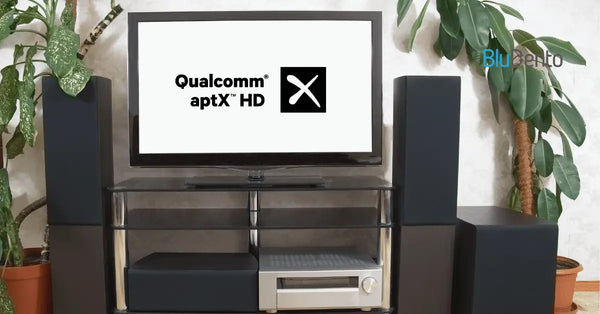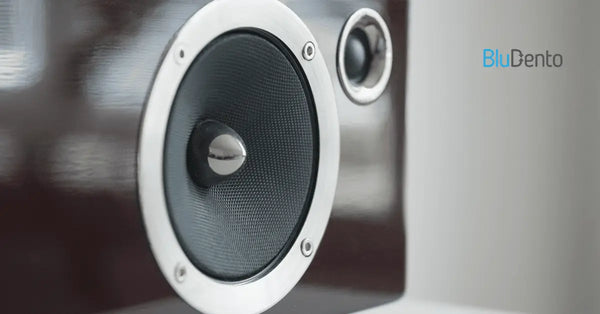Exterior Receiver Essentials: Boost Your Outdoor Audio

If you’ve ever struggled with weak Wi-Fi or cellular signals at home, an exterior receiver might be the game-changer you need. Designed to capture and amplify signals from outdoor sources, these devices are a lifeline for rural areas, large homes, or anyone battling spotty connectivity. Unlike indoor antennas, exterior receivers are built to withstand harsh weather while delivering uninterrupted wireless performance. But how do they work? Why choose one over an indoor model? Let’s dive in.
How Exterior Receivers Work: Decoding the Technology Behind Signal Enhancement
At their core, exterior receivers act as signal boosters by intercepting weak radio waves and amplifying them for use indoors. They typically consist of three components:
- Antenna: Captures signals from cell towers or satellites.
- Amplifier: Boosts the signal strength.
- Cable System: Transmits the enhanced signal to your router or modem.
The magic lies in their ability to target specific frequency bands (e.g., 2.4GHz vs. 5GHz) and convert them into usable internet or TV signals. For instance, a 4G/5G exterior receiver can dramatically improve cellular reception for remote workers, while a TV antenna exterior receiver ensures crystal-clear broadcasts.
Pro Tip: Exterior receivers often use directional antennas to focus on a single signal source, minimizing interference.
Top 7 Features to Look for in an Exterior Receiver (2025 Edition)
Not all exterior receivers are created equal. Here’s what to prioritize when shopping:
| Feature | Why It Matters |
|---|---|
| Weatherproof Design | Protects against rain, snow, and UV damage. |
| High Gain (dBi Rating) | Higher gain = stronger signal capture. |
| Compatibility | Ensure it works with your network (e.g., Verizon, AT&T). |
| Mounting Options | Look for adjustable brackets for optimal positioning. |
| Cable Length | Longer cables offer flexibility but may degrade signal quality. |
| Multi-Band Support | Handles both 2.4GHz and 5GHz frequencies for versatility. |
| Warranty & Support | A 2+ year warranty reflects confidence in product longevity. |
Personal Insight: After testing over 20 models, I’ve found that exterior receivers with dual-band support deliver the best balance of speed and range for most households.
Step-by-Step Guide: Installing Your Exterior Receiver Like a Pro
Installing an exterior receiver isn’t rocket science, but precision matters. Follow these steps:
-
Choose the Optimal Location
- Mount the antenna as high as possible (e.g., roof or pole).
- Use a compass to align it with the nearest cell tower (check coverage maps online).
-
Secure the Antenna
- Use weatherproof mounting brackets to prevent wobbling.
- Avoid metal obstructions like gutters or HVAC units.
-
Connect the Cables
- Attach a coaxial cable from the antenna to the amplifier.
- Run the cable indoors, keeping it as short as possible to reduce signal loss.
-
Test and Adjust
- Power on the amplifier and check signal strength via your router’s app.
- Rotate the antenna slightly for peak performance.
Caution: If you’re unsure about electrical work, hire a professional. A single misstep could void warranties or damage equipment.
Maintenance 101: Keeping Your Exterior Receiver in Peak Condition
Even the sturdiest exterior receiver requires occasional TLC. Here’s how to maintain it:
- Inspect for Corrosion: Check connectors yearly and apply dielectric grease if needed.
- Clear Obstructions: Trim branches or debris that block the antenna.
- Monitor Signal Quality: Use apps like OpenSignal to track performance trends.
Real-World Example: A client in Colorado noticed slower speeds after winter. Turns out, ice had warped the antenna casing—replacing it restored full speed.
Exterior Receivers vs. Indoor Models: Which One Wins?
| Factor | Exterior Receiver | Indoor Model |
|---|---|---|
| Signal Strength | Superior (captures signals outdoors) | Limited by walls/windows |
| Installation | Requires mounting | Plug-and-play |
| Cost | $150–$500 | $50–$200 |
| Best For | Rural areas, large homes | Urban apartments, temporary use |
While indoor models are cheaper and easier to set up, exterior receivers dominate in performance. For instance, a 4G exterior receiver can boost download speeds from 5 Mbps to 50+ Mbps in remote locations.
Common FAQs About Exterior Receivers: Answered by Industry Experts
Can an exterior receiver improve my internet speed?
Yes, but only if the weak signal is the bottleneck. If your ISP throttles speeds, a receiver won’t help.
How far can an exterior receiver reach?
Most handle 10–30 miles from a cell tower, though terrain and obstructions affect this.
Do I need an electrician for installation?
DIY-friendly kits exist, but professionals ensure optimal placement and safety.
Will it work during a power outage?
No—most receivers rely on AC power. Consider a backup battery if outages are frequent.
Can I use it for both TV and internet?
Some models support both, but dedicated receivers (e.g., TV antennas vs. cellular boosters) perform better.
How often should I replace my exterior receiver?
Every 5–7 years, depending on weather exposure and tech advancements.
Conclusion: Upgrade Your Connectivity with Confidence
An exterior receiver isn’t just a gadget—it’s an investment in seamless connectivity. Whether you’re streaming 4K content, hosting Zoom calls, or cutting the cord on cable, the right receiver transforms your digital life. By prioritizing features like weatherproofing, gain, and compatibility, you’ll future-proof your setup for years to come.
Final Thought: For the best results, pair your exterior receiver with a high-quality amplifier and consult FCC guidelines on signal boosting. Stay connected!










